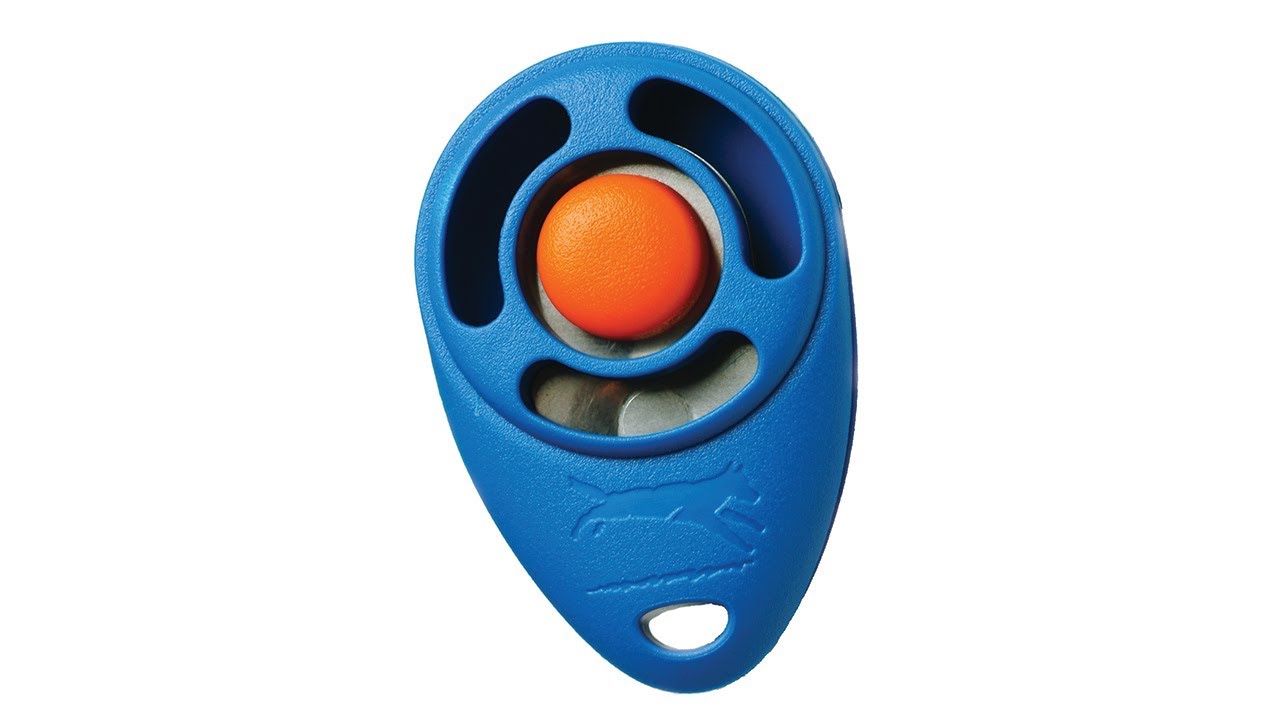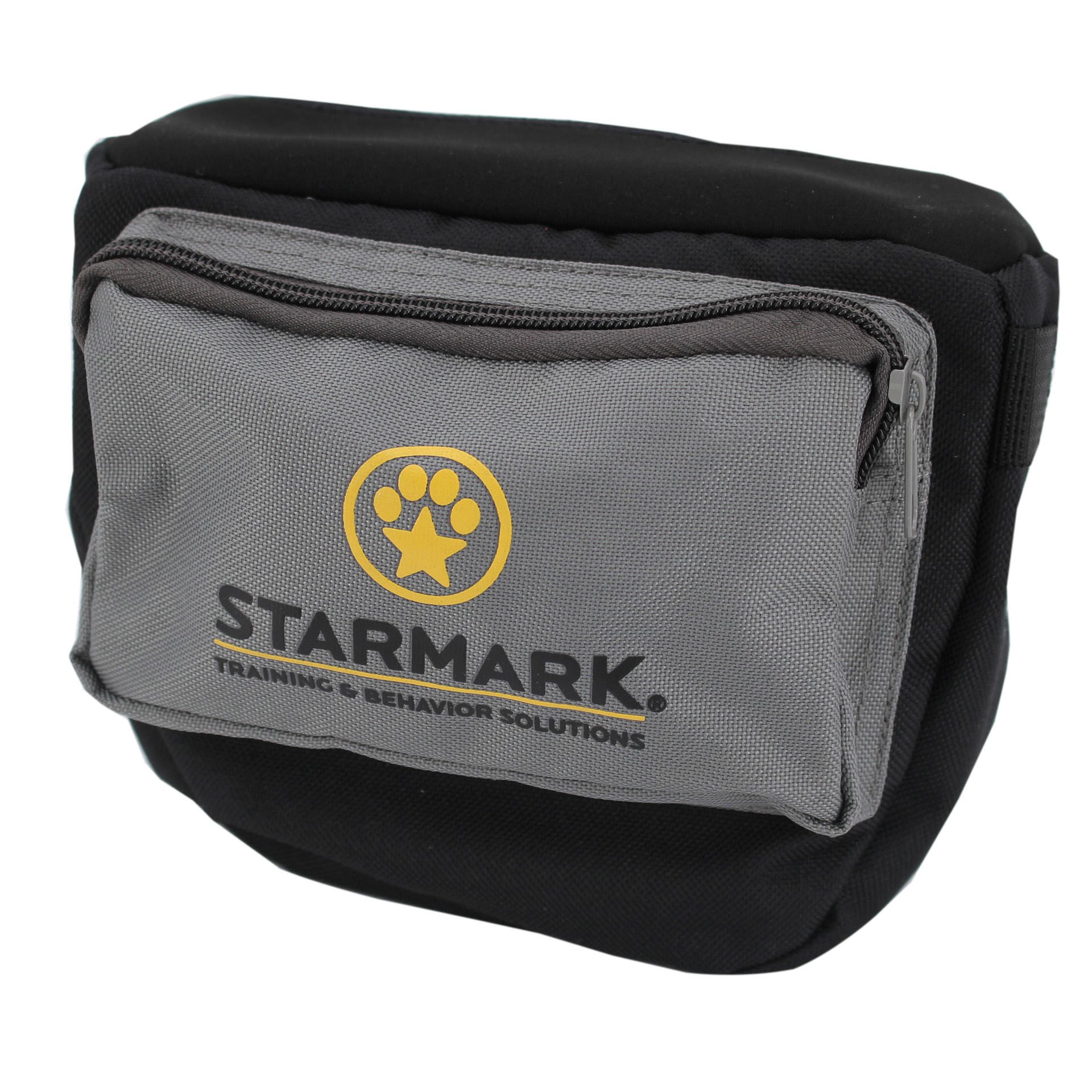
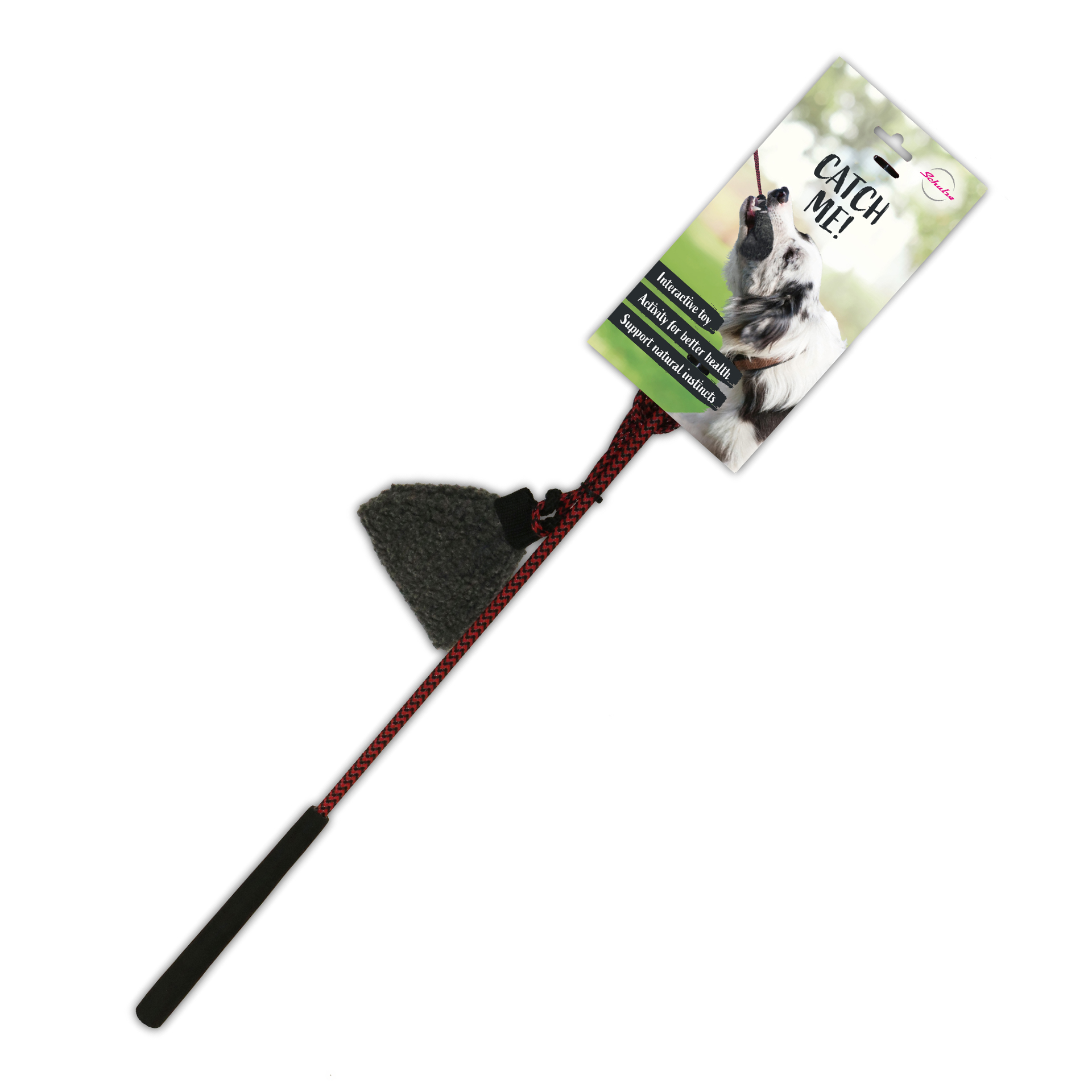
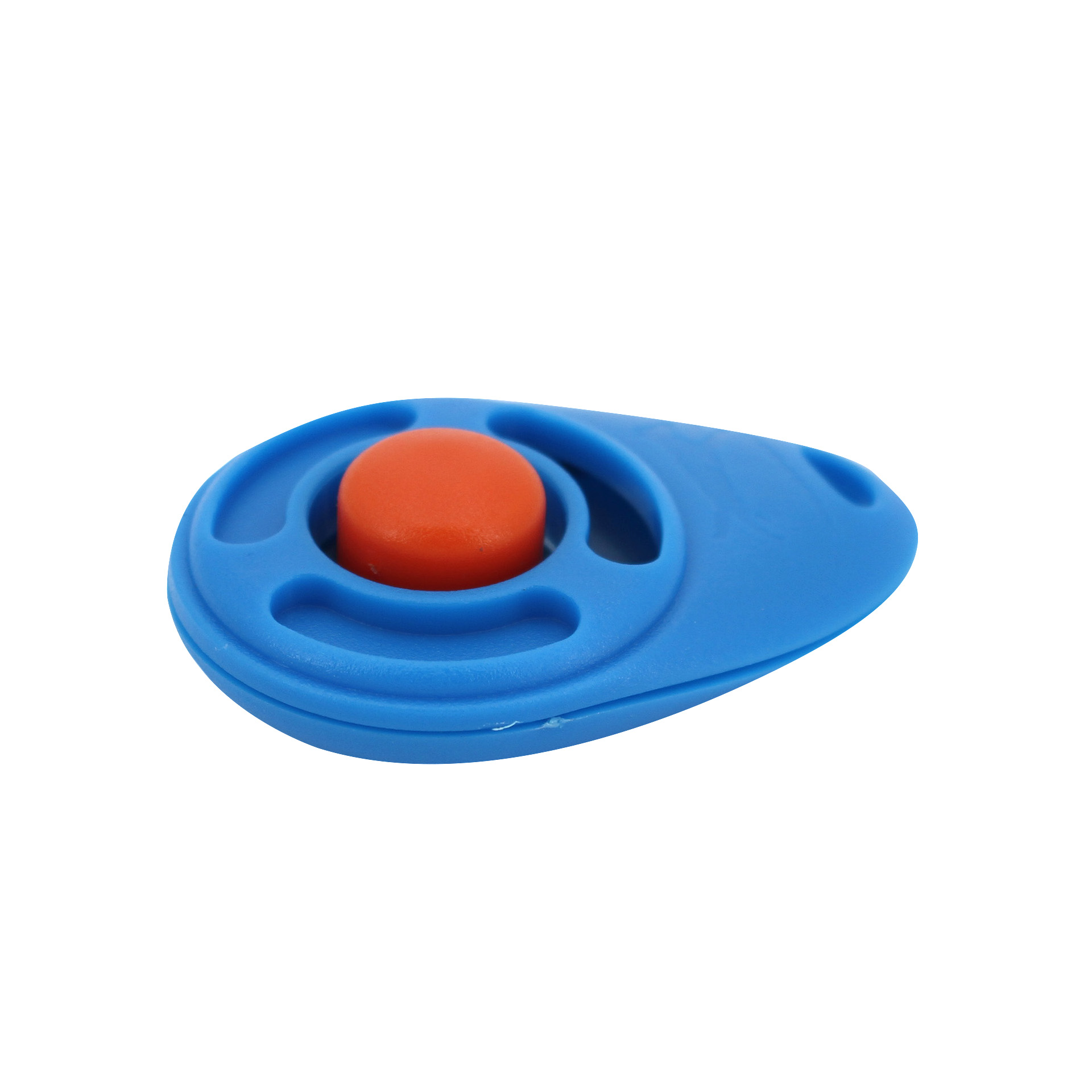
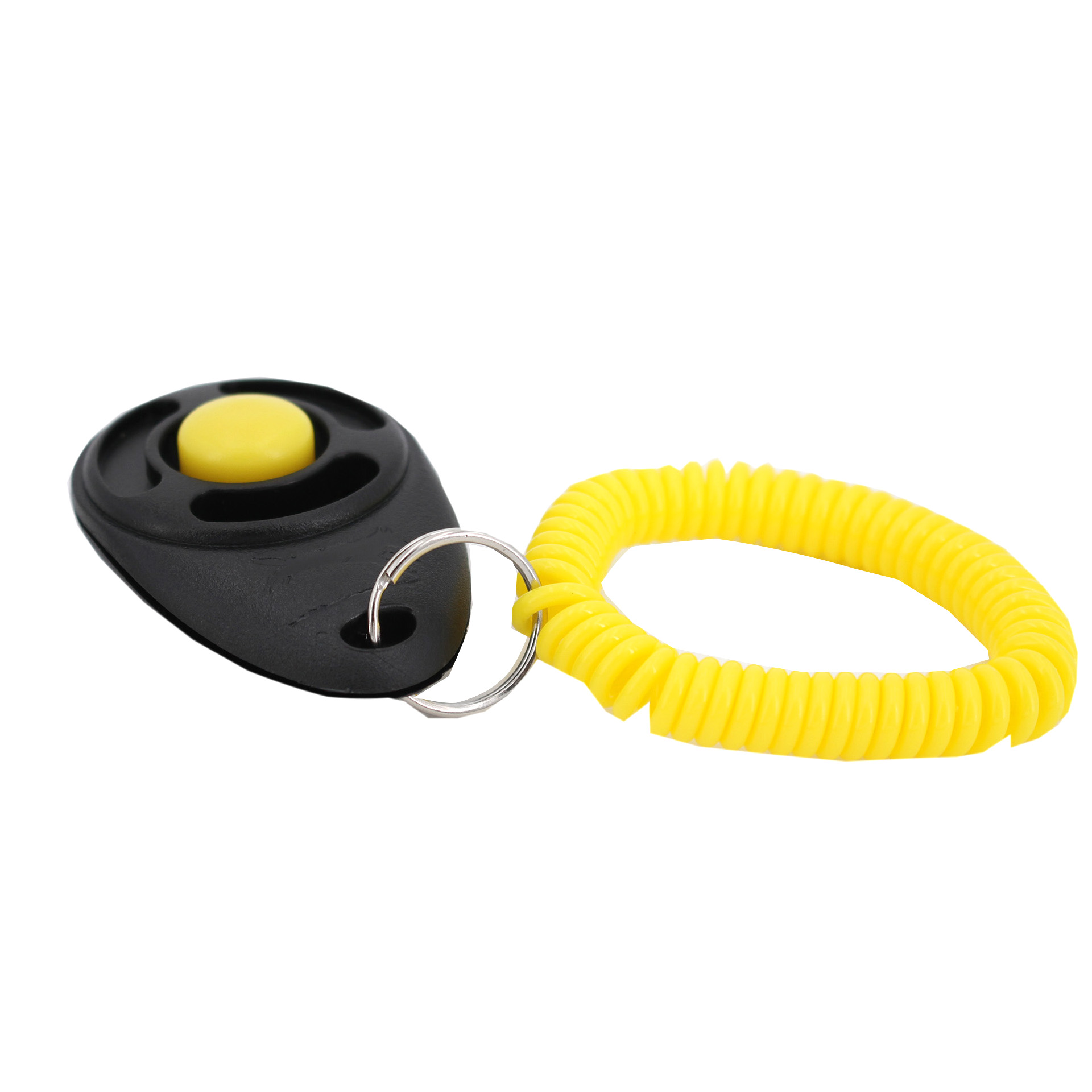
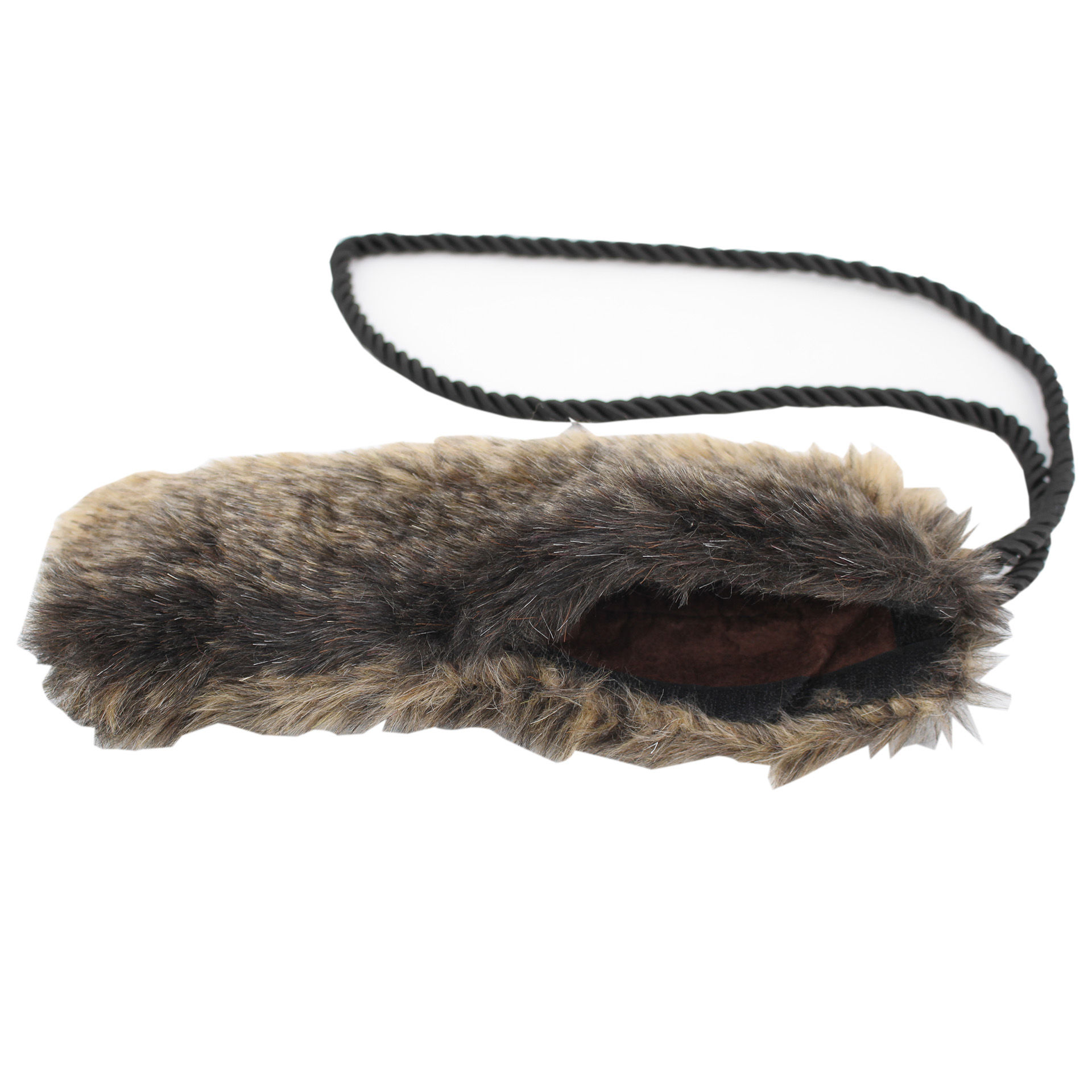

Different variants available
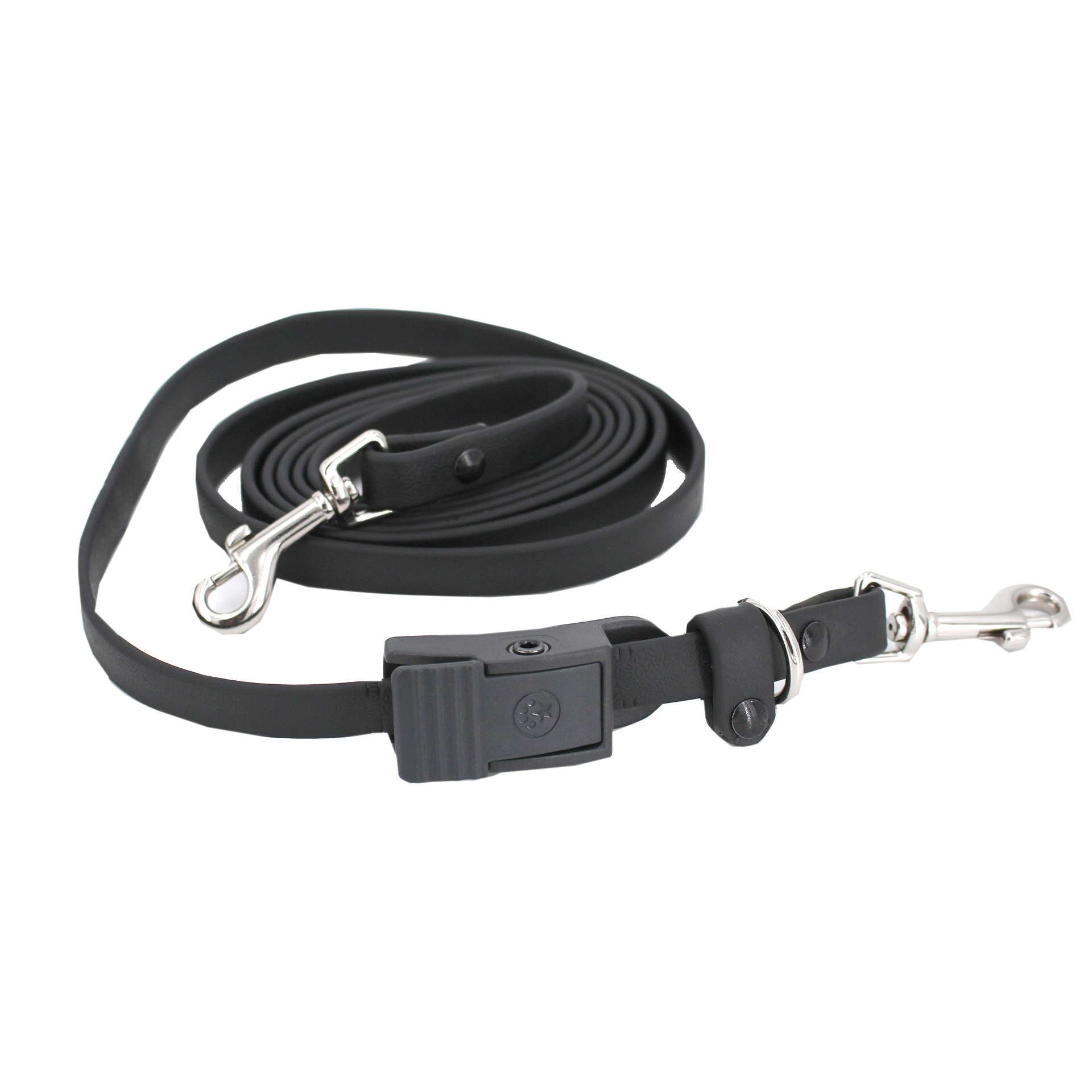
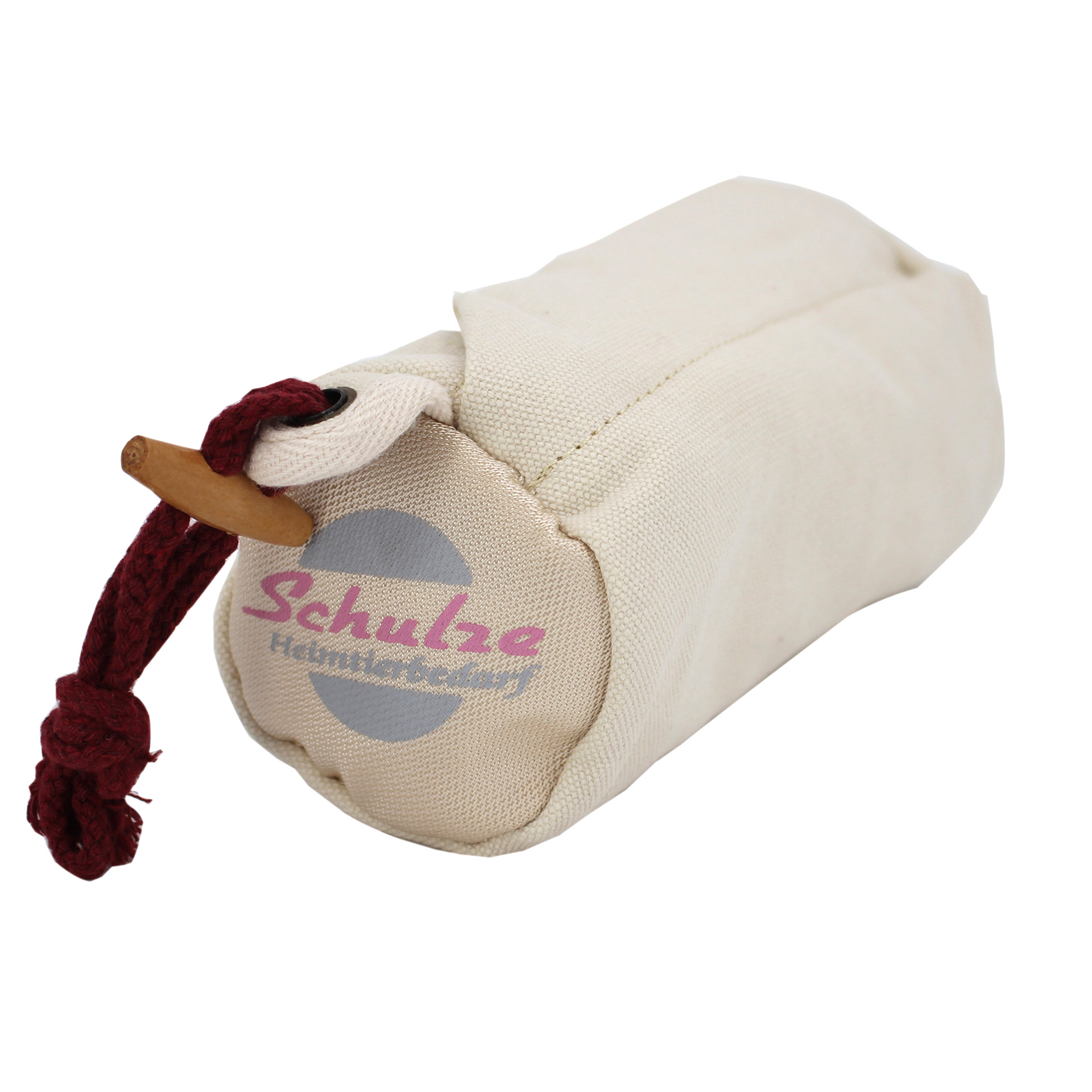
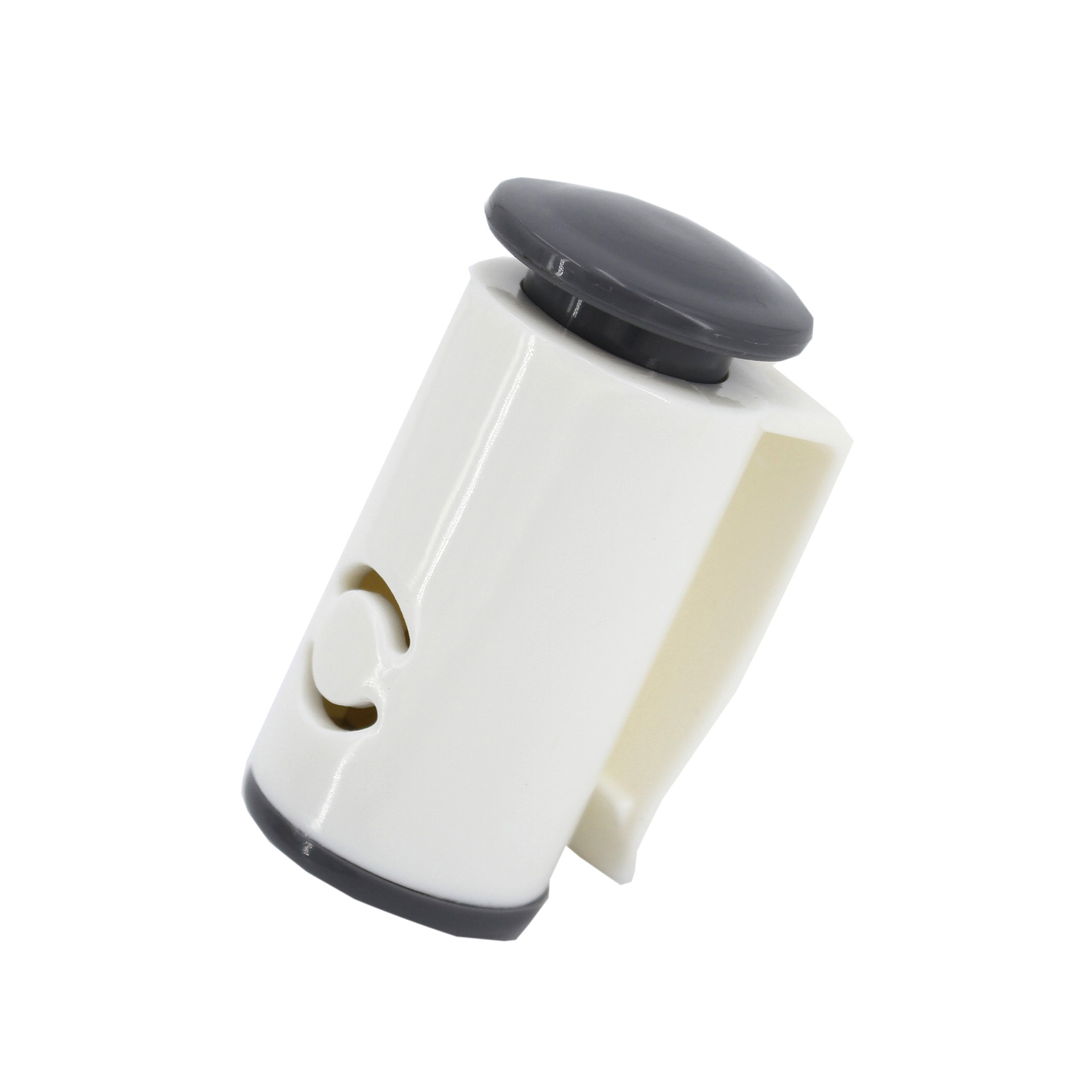

Different variants available
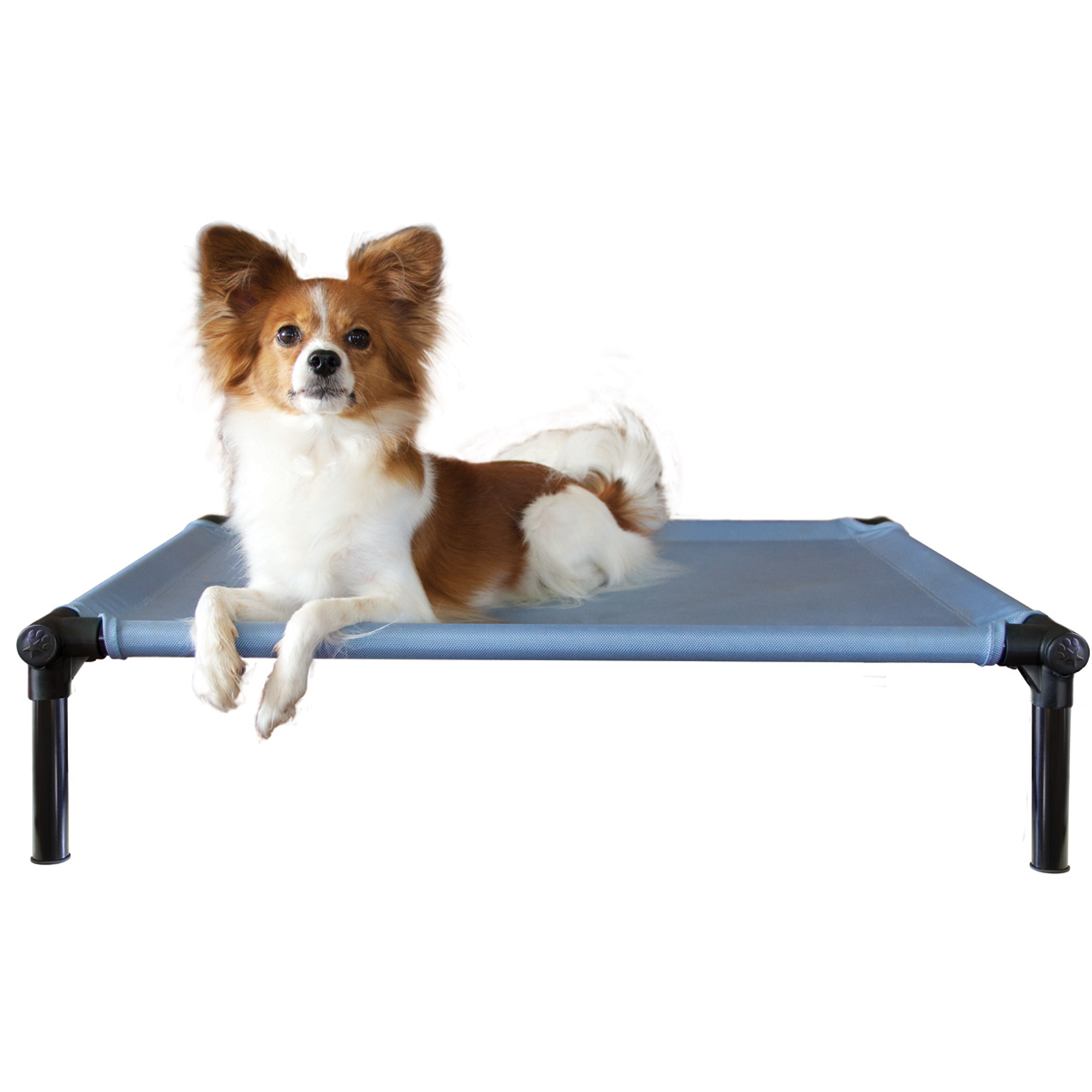
Different variants available
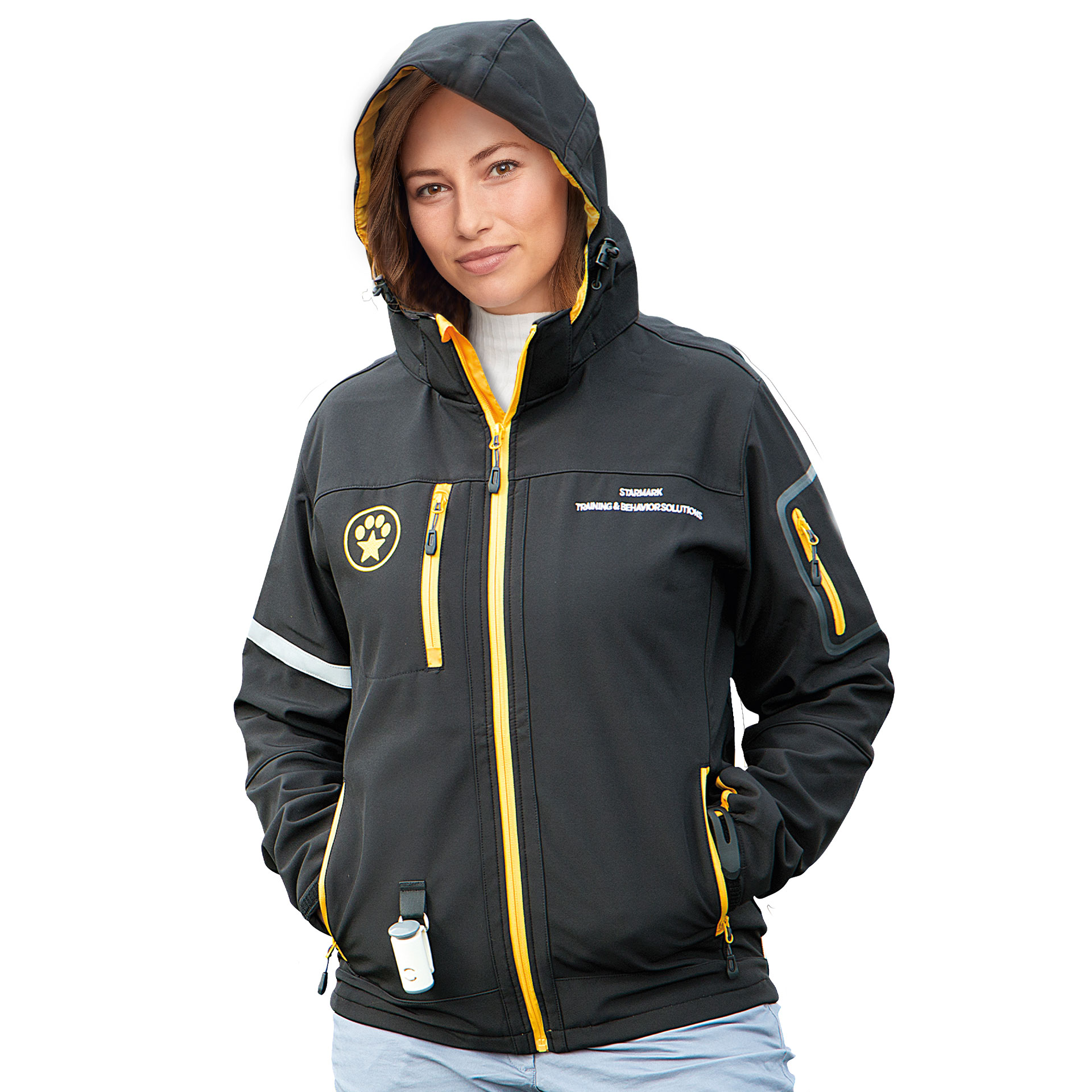
Different variants available
How do dogs learn?
At school, children learn new things mainly by example, practice and trial and error. Based on the feedback from their teachers, they recognise how well they did. An A under the class work meant that the performance was very good, whereas a five or six means that a child did not live up to expectations. In fact, your dog learns in the same way as a child. Like humans, dogs need to be shown what is expected of them and they need consistency and feedback to learn. Understanding how your dog thinks and learns is one of the first steps to successful training.
Conditioning
In the 19th century, scientists sought answers to the question "Why do animals behave the way they do?" and laid the foundation for the scientific discipline of behaviourism. In many cases, they found that the reason for certain behaviours was conditioning. Conditioning is learning that one thing leads to another, and always involves at least two factors: a stimulus (any event that can be perceived by one of the five senses) and a response that is paired or associated with that stimulus. Two forms of conditioning that are the basis for how dogs can be trained were established during this time: classical conditioning and operant conditioning.
What is classical conditioning?
In classical conditioning, the response to the stimulus is almost always involuntary. This means that the response to the stimulus is one that your dog cannot consciously control. Physiologist Ivan Pavlov experimented with his dogs by ringing a bell before feeding them. The dogs learned that they ate immediately after the bell rang. Later, the dogs would drool as soon as they heard the sound. When Pavlov subsequently rang the bell without feeding the dogs, he found that the dogs still drooled at the sound of the bell, even when there was no food. These dogs were not born knowing that the sound of a bell meant it was time to eat. After enough repetitions of the sound of the bell followed by food, the sound was paired with the involuntary drooling response.
What is operant conditioning?
In operant conditioning, the response to a stimulus is always voluntary. This means that your dog's response to the stimulus is consciously controlled. B.F. Skinner studied this behaviour with pigeons performing a series of movements to obtain their food reward. Your dog can also be taught any number of simple behaviours that can be formed into more complex actions using this method. In agility training, your dog is first taught to move through each obstacle. Once he has mastered each obstacle, he can then learn to move through the entire course in any order. Putting together a series of simple behaviours into a more complex action is called chaining.
The three most important points in dog training
Timing, consistency and motivation are important in teaching your dog everything from housetraining to advanced obedience. The first principle, timing, is important because dogs live in the present. Your dog has an attention span of about 1.5 seconds. That's why you need to catch the dog in the act for a reward or correction to be meaningful. Example: Your dog runs towards you when you come home from a long day at work. At the same time, you notice that your plants are dug up and the tattered remains of your couch are scattered on the floor, so you reprimand him. The last thing your dog did was greet you, so in his mind that is what he is being punished for. Praise or corrections that are after a longer period of time than the 1.5 second window can cause confusion in your dog because of delayed communication. Consistency means being very clear in your training. A rule must be a rule, always. For example, your dog will not understand the difference if you allow him to go on the couch when you are home alone, but do not allow him on the couch when you have visitors. If you don't want your dog to do something under certain circumstances, it's best not to allow it in the first place. Motivation means that the reward or correction must be meaningful to your dog in order to encourage or reduce a particular behaviour. When teaching your dog exercises, look for a reward that is attractive enough for him to work for. Some dogs respond well to praise and petting, while others are more motivated by food or toys. So use whatever works best for your dog. Similarly, use corrections for undesirable behaviours. You can reduce or completely break the habit of unwanted behaviour by giving strong verbal cues, using tools such as shaking glasses or ignoring a particular behaviour. These are all ways of getting your dog to stop unwanted behaviour.
When your dog stops the unwanted behaviour, redirect him to a desired behaviour and reward him. For example, if your dog jumps up to greet you, simply ignore him. Then, when he stops jumping at you, praise and reward him. Since most dogs seek attention with this behaviour, teach him that he only gets it when his feet are on the ground, not when he jumps up.
Positive reinforcement
Reinforcement is a way to reinforce the behaviours you want your dog to keep doing. There are different types of reinforcement: unconditioned and conditioned, positive and negative. Unconditioned reinforcers are things your dog instinctively likes and relies on for survival (food, water). Giving your dog a treat when he does the right behaviour is an example of an unconditioned reinforcer. Conditioned reinforcers are things that have been paired in a pleasurable way with unconditioned reinforcers. An example of this would be when you say "good boy" to your dog when he does something well. The words alone have no meaning, but when paired with a treat, your dog begins to understand this as a reward.
Reinforcements can be positive or negative, positive meaning that a stimulus is added and negative meaning that a stimulus is removed. Both positive and negative reinforcement make it more likely that a behaviour will occur again. An example of positive reinforcement with an unconditioned reinforcer would be giving your dog a treat when he performs the correct behaviour.
Negative reinforcement
Negative reinforcement is the removal of an unpleasant stimulus to interrupt a behaviour, hopefully resulting in your dog performing the correct behaviour.
For negative reinforcement to work, the original stimulus must be one that your dog dislikes. Example: Your dog is out in the garden while it is raining and he doesn't like being wet. He seeks shelter from the rain in his doghouse. The unpleasant stimulus of getting wet from the rain has been removed by entering the doghouse, so he will be more likely to use his doghouse when it rains in the future.
Tools for training
There are many tools and methods you can use to train your dog. Your job is to find the best method that most suits you and your dog's personality. If one method doesn't work or if you feel uncomfortable using a training tool with your dog, try something else. The most important thing is to stay consistent and to make training sessions fun for your dog by rewarding him when he does well.
Friends for life
Dogs are not born knowing what their humans want them to do - they need to be taught in a way that they understand. A well-behaved and well-trained dog is a happier dog and a better companion. Every dog is unique and so is every owner. Therefore, there is no one exact technique or training method that fits all dogs. Consistency and patience should be at the forefront of any training so that dog and owner can become friends for life.
Our recommended products for training with dogs are
Pro-Training Clicker™- a quick and easy way to teach your dog obedience commands. It's like saying "Well done" right on time every time your dog does something you like.
Pro-Training Treat Pouch™ A handy pouch to keep rewards always at hand. At the same time, your hands are always free for your dog. Besides enough space for treats as well as keys and mobile phone, the pouch is water-repellent and very easy to clean.
Pro-Training Hands-Free Leash is a leash specially designed for dog training. The leash can be worn around the body or shoulder to keep both hands free so you can respond optimally to the dog.
The Starmark Softshell Jacket is very comfortable and convinces with its practical features especially for dog training. In addition, the jacket of the dog professionals is very robust and easy to clean.
